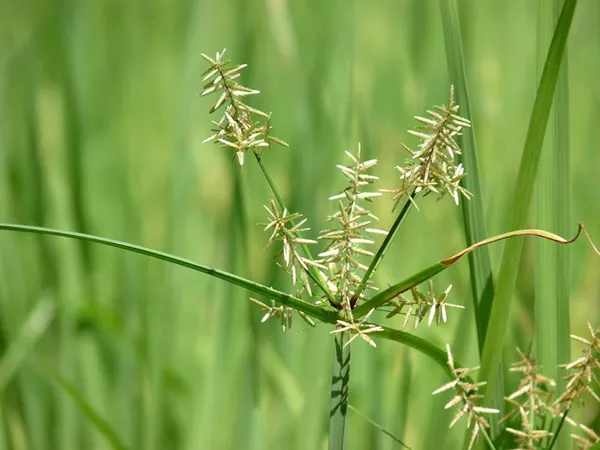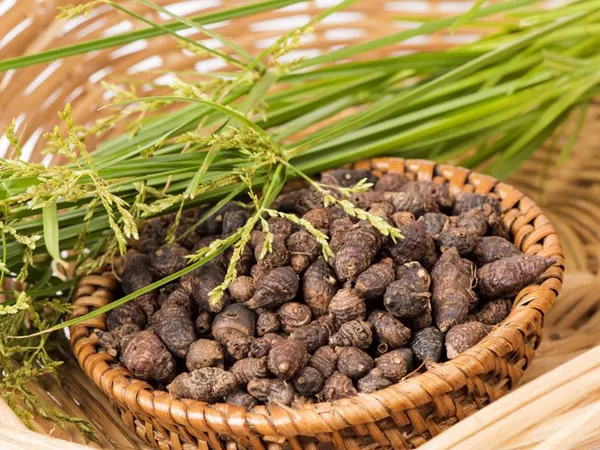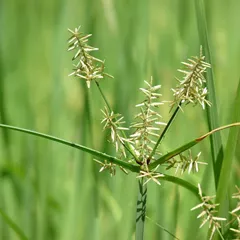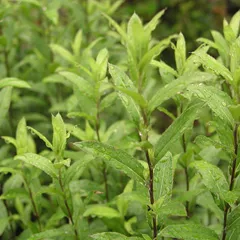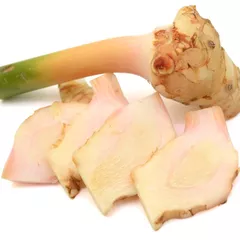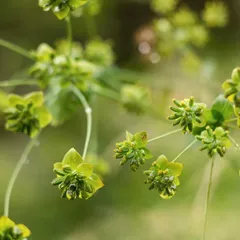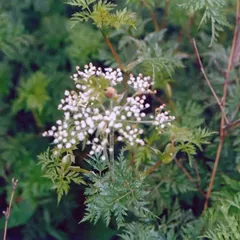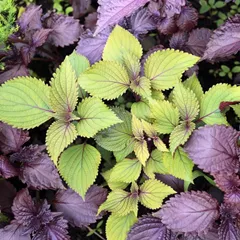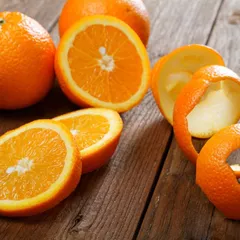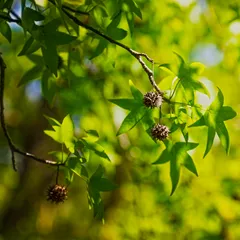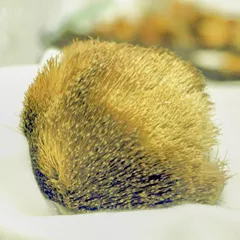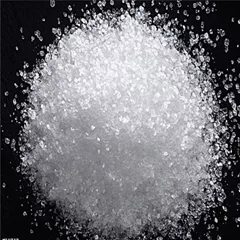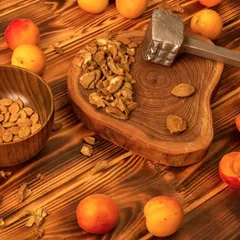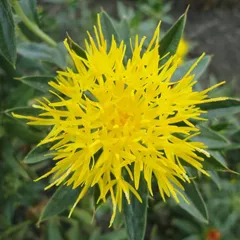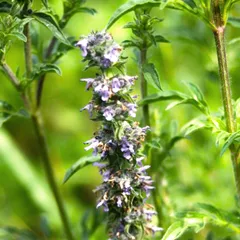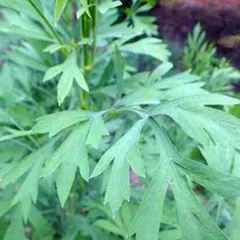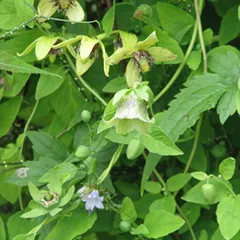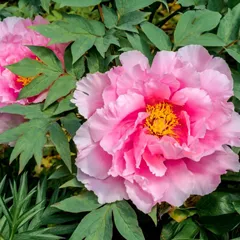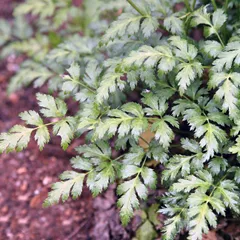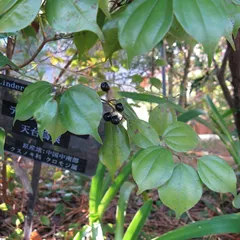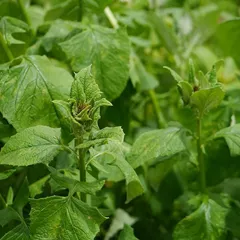Xiang Fu
Xiang Fu
English: Coco-grass rhizomes
Chinese: 香附
Use of Xiang Fu (coco-grass rhizomes) in TCM
Please note that you should never self-prescribe TCM ingredients. A TCM ingredient is almost never eaten on its own but as part of a formula containing several ingredients that act together. Please consult a professional TCM practitioner, they will be best able to guide you.
Preparation: Remove impurities, cut in thick pieces and dry.
Dosage: 4 - 12 grams
Main actions according to TCM*: Unblocks Stagnant Liver Qi and relieves pain. Regulates the Liver and Spleen. Assists the regulation of menses and relieves pain.
Primary conditions or symptoms for which Xiang Fu may be prescribed by TCM doctors*: Chest pain Abdominal pain Abdominal colic Irregular menstruation Amenorrhea Dysmenorrhea Acid reflux Abdominal bloating
Contraindications*: Because of its Drying nature, this herb should not be used when there is Yin or Qi Deficiency, especially when there is Heat associated with the condition.
Common TCM formulas in which Xiang Fu is used*
Cang Fu Dao Tan Wan
Source date: 1817 AD
Number of ingredients: 8 herbs
Formula key actions: Resolves Dampness and Phlegm.
Xiang Fu is a king ingredient in Cang Fu Dao Tan Wan. Like the name indicates, it means it has more power than other ingredients in the formula.
In Cang Fu Dao Tan Wan, Xiang Fu moves Qi and eliminates Qi Stagnation which will help to resolve Phlegm
Liang Fu Wan
Source date: 1842 AD
Number of ingredients: 2 herbs
Formula key actions: Warms the Middle Burner. Dispels Cold. Promotes the movement of Qi. Alleviates Pain.
Conditions targeted*: Chronic gastritisPeptic ulcers and others
Xiang Fu is a king ingredient in Liang Fu Wan. Like the name indicates, it means it has more power than other ingredients in the formula.
In Liang Fu Wan, Xiang Fu enters the Qi aspect of the Liver and the Triple Burner channel to regulate their Qi, thereby unblocking the movement of Qi in all of the twelve primary and eight extra Channels. It also excels at relieving Stagnation.
Chai Hu Shu Gan San
Source date: 1602
Number of ingredients: 7 herbs
Formula key actions: Disperses Stagnant Liver Qi and Blood. Alleviates pain. Harmonizes Blood.
Conditions targeted*: HepatitisChronic gastritis and others
Xiang Fu is a deputy ingredient in Chai Hu Shu Gan San. This means it helps the king ingredient(s) treat the main pattern or it serves to treat a coexisting pattern.
In Chai Hu Shu Gan San, Xiang Fu enters the Liver meridian to regulate its Qi.
Yue Ju Wan
Source date: 1481 AD
Number of ingredients: 5 herbs
Formula key actions: Promotes the movement of Qi. Releases all types of Stagnation (Qi, Blood, Phlegm, Fire, Food and Dampness).
Conditions targeted*: Peptic ulcersIrritable bowel syndrome and others
Xiang Fu is a deputy ingredient in Yue Ju Wan. This means it helps the king ingredient(s) treat the main pattern or it serves to treat a coexisting pattern.
In Yue Ju Wan, Xiang Fu is extremely effective at resolving issues caused by Qi Stagnation. It is a herb that's often used to treat gynecological disorders because it is said to enter the Blood aspect of Qi.
Shi Shen Tang
Source date: 1107 AD
Number of ingredients: 11 herbs
Formula key actions: Releases pathogens from the Exterior . Regulates Qi . Descends the Lung Qi . Relieves coughing .
Conditions targeted*: Common coldInfluenza and others
Xiang Fu is a deputy ingredient in Shi Shen Tang. This means it helps the king ingredient(s) treat the main pattern or it serves to treat a coexisting pattern.
In Shi Shen Tang, Xiang Fu regulates the Qi and smooths the Liver, helping it to reach its harmony.
Su He Xiang Wan
Source date: 752 AD
Number of ingredients: 15 herbs
Formula key actions: Warms and aromatically opens the sensory orifices. Promotes the movement of Qi. Transforms turbidity.
Conditions targeted*: Cerebrovascular accidentEncephalitis and others
Xiang Fu is a deputy ingredient in Su He Xiang Wan. This means it helps the king ingredient(s) treat the main pattern or it serves to treat a coexisting pattern.
In Su He Xiang Wan, Xiang Fu is acrid, dispersing, warm, and moving in nature. It promotes the Qi movement, directs Rebellious Qi downward, removes Stagnation, dispels Cold, and transforms turbidity.
Shen Tong Zhu Yu Tang
Source date: 1830
Number of ingredients: 12 herbs
Formula key actions: Invigorates Blood. Unblocks painful obstruction. Relieves pain. Invigorate Qi. Dispels Blood Stagnation. Unblock Channels.
Conditions targeted*: Muscle crampsArthralgia and others
Xiang Fu is an assistant ingredient in Shen Tong Zhu Yu Tang. This means that it either serves to reinforces the effect of other ingredients or it moderates their toxicity.
In Shen Tong Zhu Yu Tang, Xiang Fu invigorates Blood and Qi so as to stop pain.
Jia Wei Xiang Su San
Source date: 1732 AD
Number of ingredients: 10 herbs
Formula key actions: Promote sweating . Releases the Exterior .
Conditions targeted*: Common coldInfluenza and others
Xiang Fu is an assistant ingredient in Jia Wei Xiang Su San. This means that it either serves to reinforces the effect of other ingredients or it moderates their toxicity.
In Jia Wei Xiang Su San, Xiang Fu promotes Qi and Blood circulation in the Interior and enables the the General Qi to ascend and spread throughout the Exterior.
It is particularly good at releasing constraint and removing Stagnation from all twelve Channels.
Gu Jing Wan
Source date: 1481 AD
Number of ingredients: 6 herbs
Formula key actions: Nourishes Yin . Clears Heat. Stops bleeding. Stabilizes the menses.
Conditions targeted*: Dysfunctional uterine bleedingChronic pelvic inflammatory disease and others
Xiang Fu is an assistant ingredient in Gu Jing Wan. This means that it either serves to reinforces the effect of other ingredients or it moderates their toxicity.
In Gu Jing Wan, Xiang Fu is acrid. It regulates the Qi and relieves Liver Qi Stagnation. The small dosage ensures that its warming
nature does not add to the Fire.
An Tai Zhu Gao
Source date: 1879 AD
Number of ingredients: 14 herbs
Formula key actions: Strengthens the Qi and Blood. Tonifies the Liver and Kidneys. Calms the fetus.
Conditions targeted*: Restless fetus and others
Xiang Fu is an assistant ingredient in An Tai Zhu Gao. This means that it either serves to reinforces the effect of other ingredients or it moderates their toxicity.
In An Tai Zhu Gao, Xiang Fu unblocks Stagnant Liver Qi and relieves pain.
Guo Qi Yin
Source date: 1602 AD
Number of ingredients: 11 herbs
Formula key actions: Warms the menses. Dispels blood Stagnation. Nourishes the blood .
Conditions targeted*: Irregular menstruationDysmenorrhea and others
Xiang Fu is an assistant ingredient in Guo Qi Yin. This means that it either serves to reinforces the effect of other ingredients or it moderates their toxicity.
In Guo Qi Yin, Xiang Fu supports the body's Qi dynamic.
Ge Xia Zhu Yu Tang
Source date: 1830 AD
Number of ingredients: 12 herbs
Formula key actions: Invigorates Blood. Eliminates Blood Stagnation below the diaphragm. Stops pain. Promotes Qi movement.
Conditions targeted*: AmenorrheaPainful menstruations and others
In Ge Xia Zhu Yu Tang, Xiang Fu invigorates Blood below the diaphragm
Qing Re Tiao Xue Tang
Source date: 1576 AD
Number of ingredients: 10 herbs
Formula key actions: Expel Dampness. Relieve pain. Move Qi and Blood.
In Qing Re Tiao Xue Tang, Xiang Fu moves Qi and stops pain
Xuan Yu Tong Jing Tang
Source date: 1826 AD
Number of ingredients: 10 herbs
Formula key actions: Pacifies the Liver. Removes Stagnation. Drains Fire. Unblocks the Meridians.
In Xuan Yu Tong Jing Tang, Xiang Fu pacifies the Liver, moves Qi and eliminates Stagnation
Wu Yao Tang
Source date: 1336 AD
Number of ingredients: 9 herbs
Formula key actions: Pacifies the Liver. Moves Qi. Stops pain. Nourishes Liver Blood. Eliminates Stagnation.
Conditions targeted*: Chronic pelvic inflammatory disease and others
In Wu Yao Tang, Xiang Fu specifically treats disorders due to Qi blockage, but also enters the Blood aspect to move Blood that has become static due to Qi Stagnation. It also pacify the Liver and stop pain. Its combination with Wu Yao addresses the blockage of Qi within both the Qi and Blood levels.
Xiang Sha Yang Wei Wan
Source date: 1587 AD
Number of ingredients: 13 herbs
Formula key actions: Strengthens and harmonizes the Spleen and Stomach. Resolves Dampness.
Conditions targeted*: Poor appetiteLoss of taste and others
In Xiang Sha Yang Wei Wan, Xiang Fu circulates Qi in the Middle Burner, as well as remove Dampness. It also warms the Middle and stops pain.
Key TCM concepts behind Xiang Fu's properties
In Traditional Chinese Medicine (TCM), Xiang Fu belongs to the 'Herbs that regulate Qi' category. Herbs in this category typically treat a TCM condition called 'Qi Stagnation'. Concretely it means that Qi is blocked in the body's Organs and Meridians, most typically the Stomach, Liver, and to a lesser extent, the Lungs. In modern medicine terms, Qi Stagnation often translates into psychological consequences such as depression, irritability or mood swings. It's also frequently associated with conditions such as premenstrual syndrome (PMS), menopausal symptoms, the development of breast swellings as well as various digestive disorders.
Furthermore Xiang Fu is Neutral in nature. This means that Xiang Fu typically doesn't affect the balance in your body. Balance between Yin and Yang is a key health concept in TCM. Eating too many "Hot" (Yang) ingredients can lead to an imbalance whereby one has a Yang Excess. The inverse is true as well: too many "Cold" (Yin) ingredients can lead to a Yin Excess. The Neutral nature of Xiang Fu means that you don't have to worry about that!
Xiang Fu also tastes Bitter, Pungent and Sweet. The so-called 'Five Phases' theory in Chinese Medicine states that the taste of TCM ingredients is a key determinant of their action in the body. Bitter ingredients like Xiang Fu tends to have a cleansing action on the body by clearing Heat, drying Dampness and promoting elimination via urination or bowel movements. On the other hand Pungent ingredients tend to promote the circulations of Qi and Body Fluids. That's why for instance someone tends to sweat a lot when they eat spicy/pungent food. Lastly Sweet ingredients tend to slow down acute reactions and detoxify the body. They also have a tonic effect because they replenish Qi and Blood.
The tastes of ingredients in TCM also determine what Organs and Meridians they target. As such Xiang Fu is thought to target the Liver, the Sanjiao and the Spleen. In TCM the Liver is often referred as the body's "general" because it is in charge of regulating the movements of Qi and the Body Fluids. It also takes a leading role in balancing our emotions. The Triple Burner (Sanjiao) is a special concept in TCM with no corresponding organ in modern medicine. Its function is similar to a water wheel: Body Fluids, Qi and food are transported through the San Jiao and that very movement helps our metabolism. The Spleen assists with digestion, Blood coagulation and Fluids metabolism in the body.
Research on Xiang Fu
Anti-microbial, anti-malarial, anti-oxidant, and anti-diabetic compounds have been isolated and identified from C. rotundus.1.
Sources:
1. Buckley S, Usai D, Jakob T, Radini A, Hardy K (2014) Dental Calculus Reveals Unique Insights into Food Items, Cooking and Plant Processing in Prehistoric Central Sudan. PLoS ONE 9(7): e100808. doi:10.1371/journal.pone.0100808
Use of Xiang Fu as food
Xiang Fu is also eaten as food.

